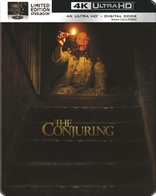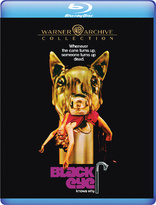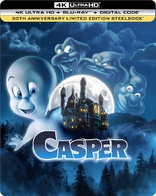Quote:
Originally Posted by Goat1

Regardless ,Setting everything at 80 hz sounds great.. I think my ipod touch is THX certified  |
You push audyssey about how great it is. Then you change speakers to 80hz. So any speaker set above 80hz by audyssey and by you coming down to 80hz you are turning off room correction for that speaker. So you are not using room correction on those speakers.
So how is Audyssey so great again?
WHAT YOU SHOULD DO AND WHAT YOU SHOULD NOT DO
1. It is ok to increase the crossover frequencies of the speakers as set by Audyssey. It is generally not recommended to lower the crossover frequencies below the numbers set by Audyssey. If you do that, Audyssey will not apply correction filters to the frequencies below the numbers that are set by the auto calibration program.
Many people are hung up on the 80Hz crossover frequency that is suggested by most experts. Although 80Hz crossover frequency works for many speakers, it is not a number that is etched in stone. That number was originally recommended by THX and applies to THX certified speakers that have certain frequency characteristics.
Audyssey does not measure the frequency response of a speaker as it was reported by the manufacturer and supposedly measured in an anechoic chamber. Audyssey measures the performance of the speakers in the room and based on that, it recommends some crossover numbers. Depending on their location, proximity to room boundaries, furniture, wall coverings, position of the microphone, etc., even identical speakers may have different performances in the room.






















 Linear Mode
Linear Mode

